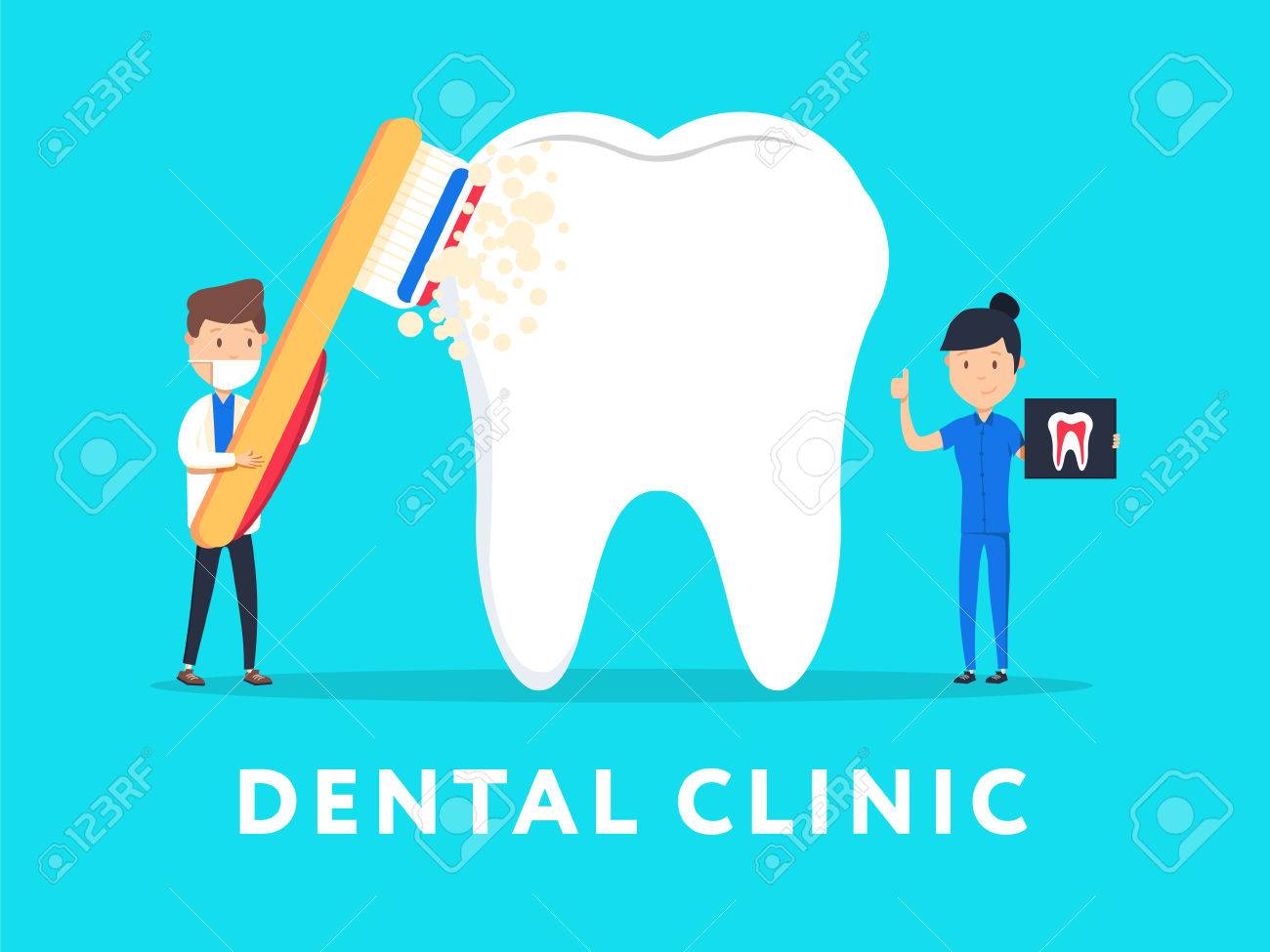Welcome to the globe of dental surgery, where developments and advances are shaping the future of the field! In this interesting realm, you'll witness the transformative power of robotics, the advanced wonder of 3D printing, and the game-changing influence of minimally intrusive techniques.
The future of dental surgery holds a pledge of precision, efficiency, and improved patient outcomes. With the help of advanced robotics, specialists have the ability to perform complicated procedures with higher precision and control.
3D printing modern technology is revolutionizing the creation of dental implants and prosthetics, supplying customized remedies that fit seamlessly right into each individual's unique anatomy.
In addition, minimally intrusive techniques are minimizing post-operative pain and recovery time, permitting clients to return to their every day lives faster.
Prepare yourself to explore the amazing developments and developments that are improving the landscape of dental surgery!
Improvements in Robotics
One significant innovation in oral surgery is the use of robot technology, which allows for accurate and effective procedures. With general dentistry of robotic systems, dental doctors have the capability to execute complicated surgical procedures with boosted precision, reducing the danger of human mistake.
These robot systems are geared up with sophisticated imaging modern technology and exact instruments that make it possible for cosmetic surgeons to navigate with elaborate physiological structures with ease. By using robot modern technology, cosmetic surgeons can achieve greater surgical accuracy, leading to boosted patient outcomes and faster healing times.
In addition, using robotics in oral surgery allows for minimally invasive treatments, minimizing the injury to surrounding cells and advertising faster recovery.
3D Printing in Dental Surgery
To improve the field of oral surgery, you can check out the subtopic of 3D printing in dental surgery. This cutting-edge technology has the potential to transform the way dental doctors run and deal with clients. Below are 4 crucial methods which 3D printing is shaping the field:
- ** Customized Surgical Guides **: 3D printing enables the creation of very exact and patient-specific medical guides, boosting the precision and effectiveness of treatments.
- ** Implant Prosthetics **: With 3D printing, oral cosmetic surgeons can produce customized implant prosthetics that flawlessly fit a client's one-of-a-kind composition, causing much better results and person contentment.
- ** Bone Grafting **: 3D printing allows the manufacturing of patient-specific bone grafts, lowering the requirement for traditional grafting techniques and improving healing and recuperation time.
- ** Education and Educating **: 3D printing can be made use of to produce realistic medical models for educational objectives, enabling dental specialists to exercise complex treatments before performing them on people.
With https://www.kshb.com/entertainment/kcl/health-kcl/fry-orthodontic-specializes-in-invisalign to enhance accuracy, personalization, and training, 3D printing is an exciting development in the field of oral surgery.
Minimally Intrusive Strategies
To better progress the area of dental surgery, embrace the possibility of minimally intrusive techniques that can greatly benefit both cosmetic surgeons and individuals alike.
Minimally cosmetic teeth surgery are reinventing the field by decreasing medical injury, decreasing post-operative discomfort, and increasing the healing procedure. These techniques entail making use of smaller incisions and specialized tools to perform treatments with accuracy and efficiency.
By making use of sophisticated imaging innovation, such as cone light beam calculated tomography (CBCT), doctors can properly intend and carry out surgeries with minimal invasiveness.
Furthermore, making use of lasers in dental surgery permits accurate cells cutting and coagulation, causing minimized blood loss and decreased healing time.
With minimally invasive strategies, individuals can experience much faster recuperation, lowered scarring, and boosted end results, making it a vital facet of the future of oral surgery.
Final thought
So, as you can see, the future of dental surgery is unbelievably promising, with interesting advancements and advancements forming the field.
From the developments in robotics to using 3D printing and minimally intrusive methods, oral doctors are changing the means they give care.
While some may stress over the prospective expense associated with these innovations, it is very important to remember that these technologies ultimately boost individual outcomes and reduce recuperation time, making them well worth the financial investment over time.
